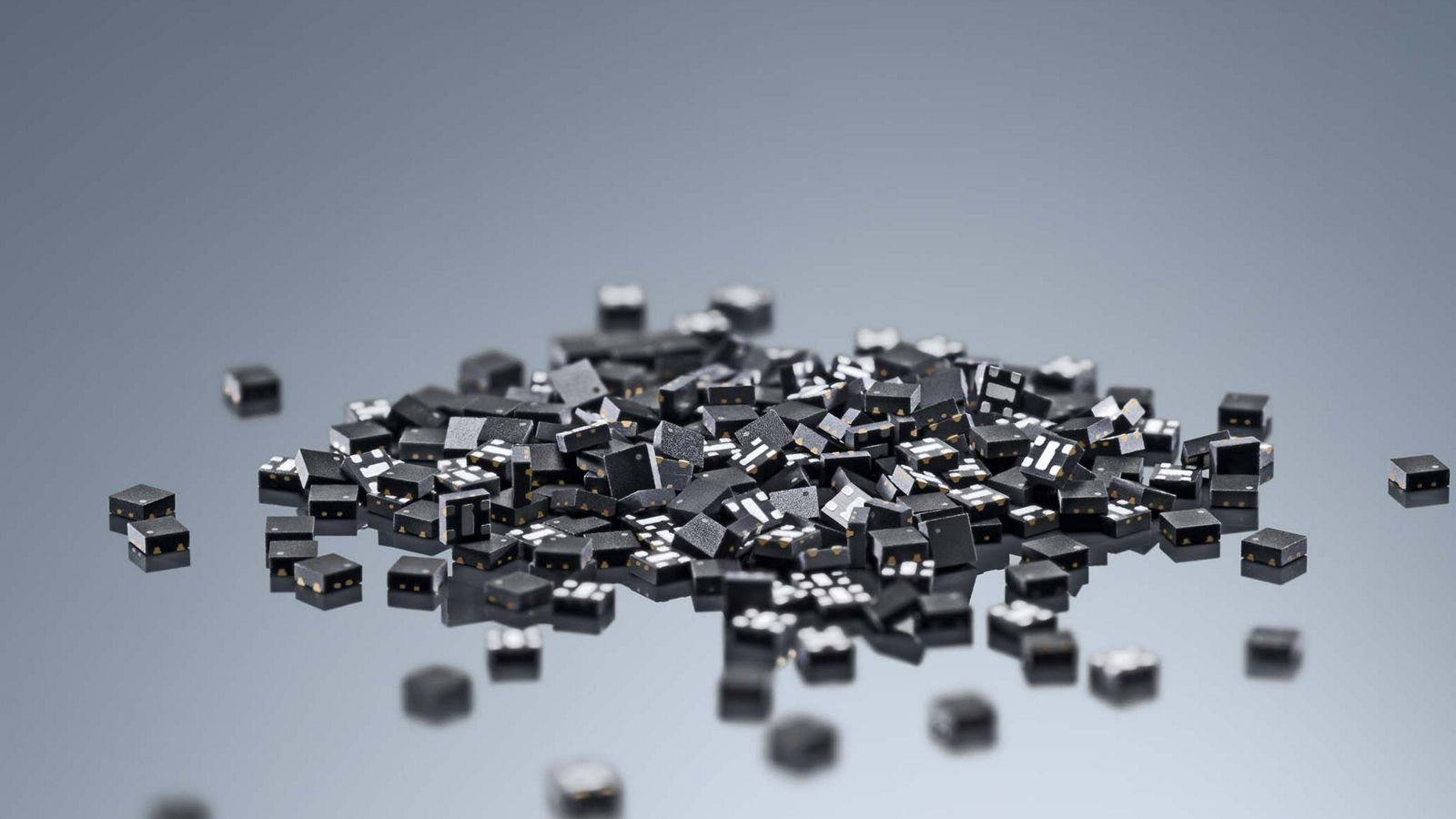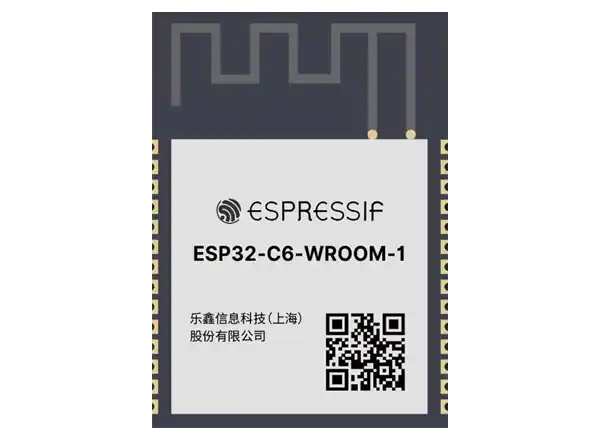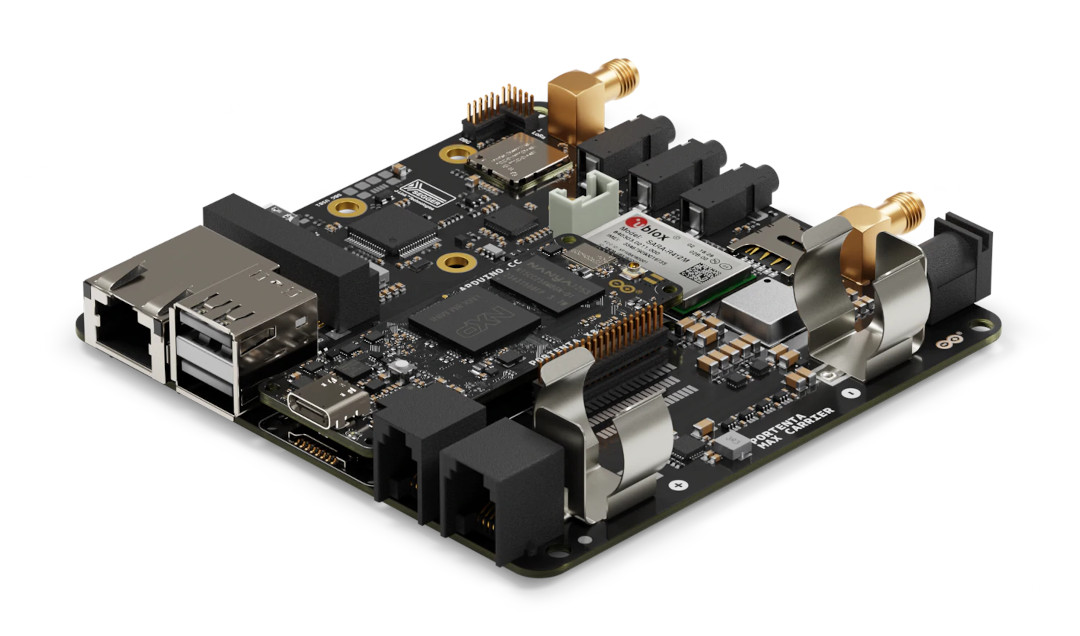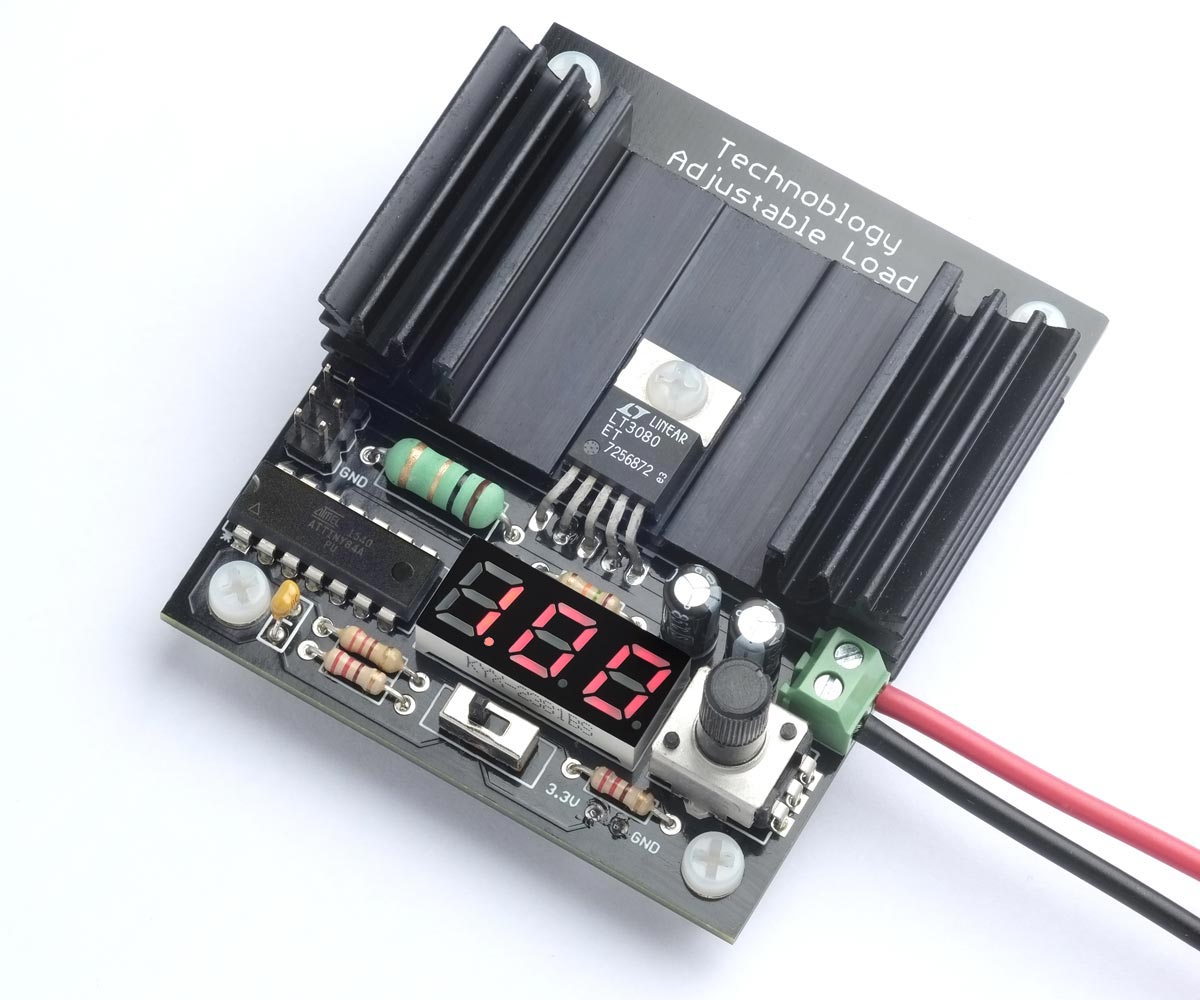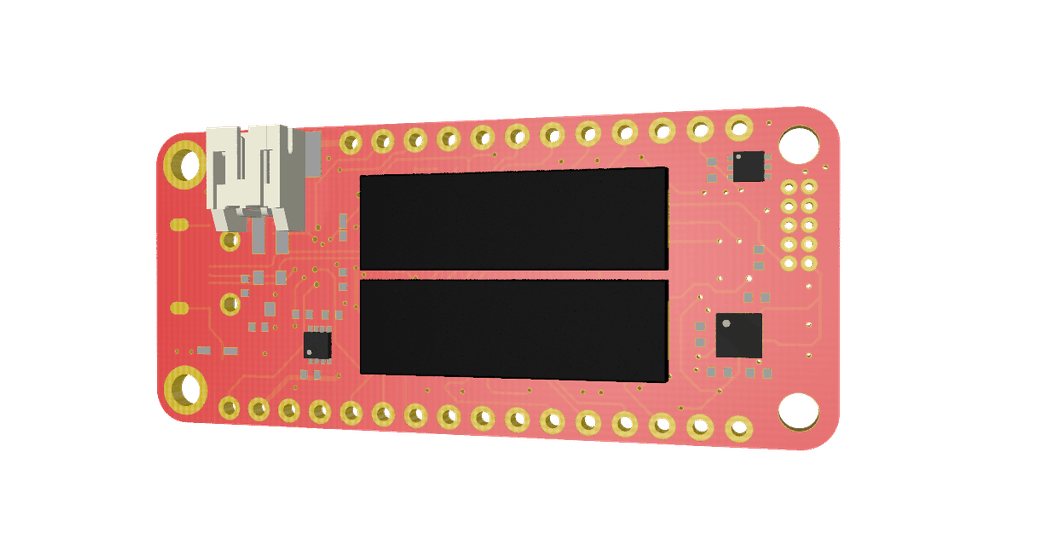
Long battery-life and Low power consumption are usually top on the list of requirements for most hardware devices these days, as the weariness of having to constantly charge a device continues to have significant effect on customers’ choice. Asides from consumer applications, another reason fueling this demand is the growth in the deployment of IoT devices, most of which are designed for “deploy and forget” applications where changing batteries is impractical.
Several approaches to this currently include wireless charging, longer-lasting but more expensive batteries, and energy harvesting. Energy harvesting is expected to play a big role in our future but most of the solutions at the moment still require battery backup and are not able to provide power in a reliable manner. Leading the way into that future, at least for makers, Jake Wachlin recently shared a project he has been working on; the light-powered, Ultra-Low Power, Feather MCU board.
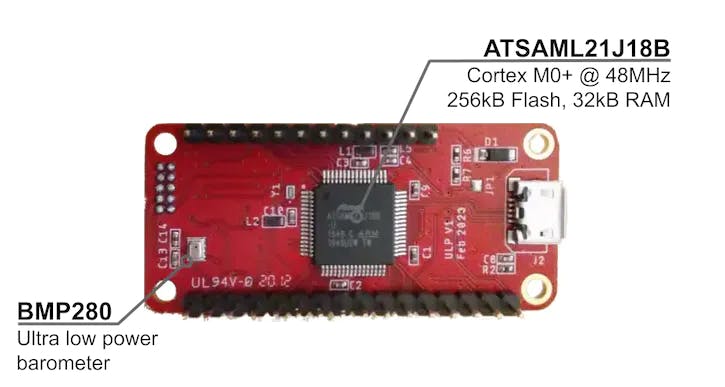
The board which runs the ATSAML21 MCU, a low power variant of the SAM D21 used in the Adafruit feather Mo board, comes with two KXOB25 monocrystalline solar cells that provide 4.46V/5.5mA and serve as the primary source of power to the board. The ATSAML21 is based on the Cortex mo+ running at 48MHz with 256kB Flash, and 32kB RAM.
Given that the energy generated by solar panels vary, a typical DC-DC switching converter is usually applied, but this takes up space and increases cost, so for this board, Wachlin decided to stick with the basics and passed the output the solar panels to an LDO regulator, the MCP1810, which then provides the system with the 3.3V voltage level required by the board.
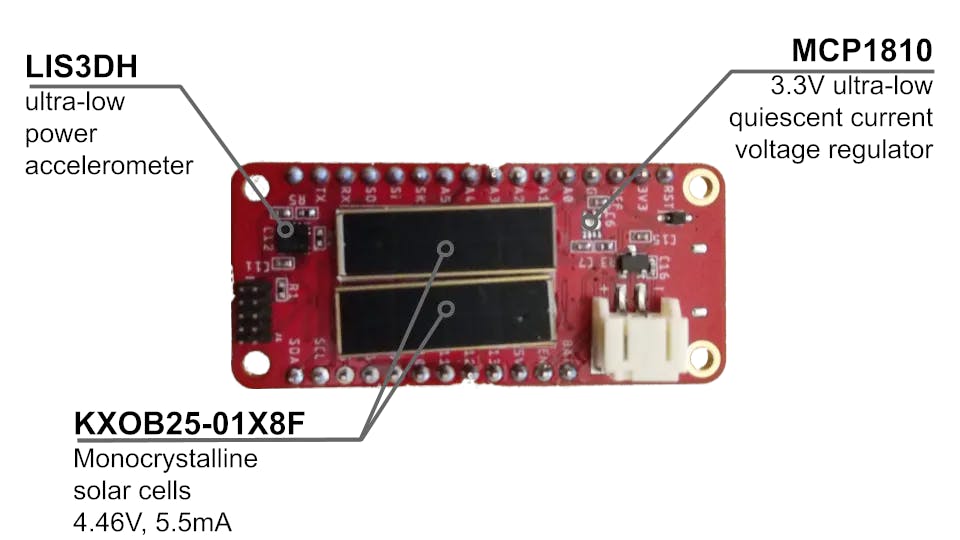
Thanks to the SAM L21 microcontroller, the board has an incredibly low power consumption of only; 9uA in a standby state, 194uA in idle state, and 285uA inactive state. This and the “sleep when idle” nature of IoT devices means the panel will be generating excess energy when not really powering the device. To provide some energy storage features, on the rev2 version of the board, Wachlin added a supercapacitor (0.33F).
Asides the low-power and energy harvesting features of the board, it also comes with a host of sensors including; an ST LIS3DH triple-axis accelerometer, and a BOSCH BMP280 temperature and humidity sensor.
The board’s design is completely open-source, and available on wachlin’s github page. A guide to building the project is available on Wachlin’s website.





